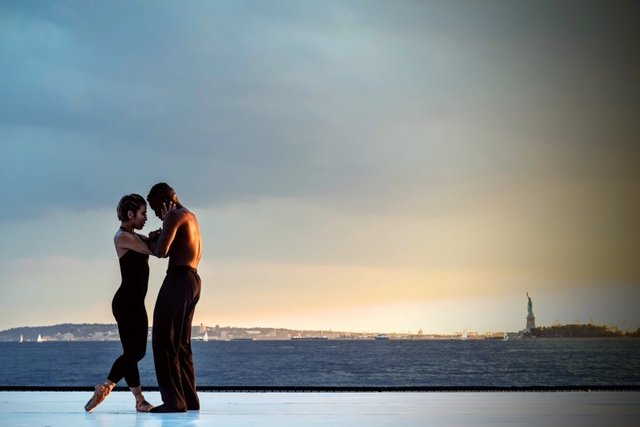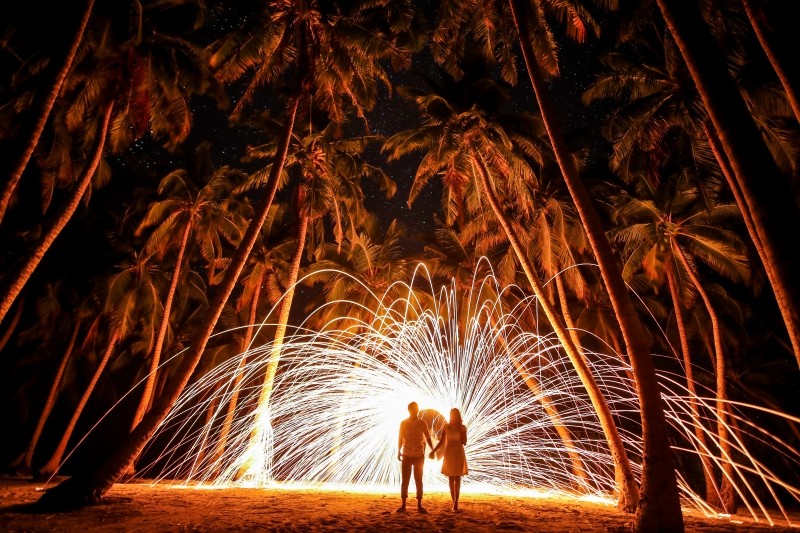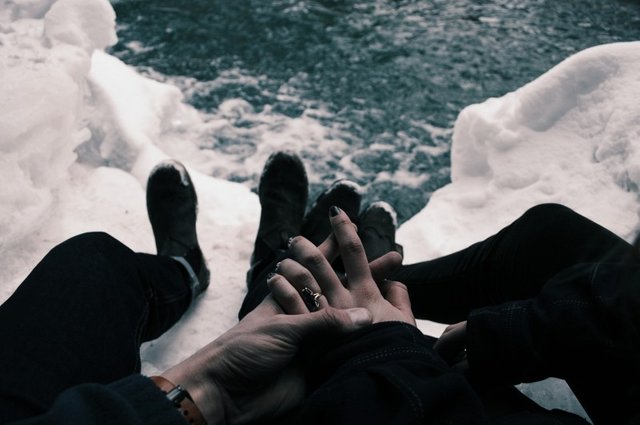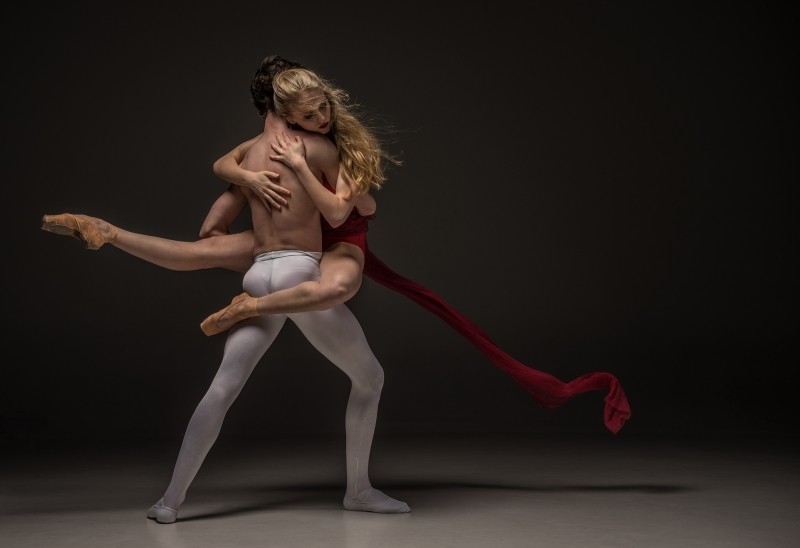The Attraction Rapport Dance

OPPOSITE OR SIMILAR?
Ever wondered why you are attracted to certain people that supposedly don’t fit your ‘checklist’? Conversely, have you ever come across your ‘dream’ or idealized partner and there seems to be no attraction at all?
It would seem that we can only have one or the other, that when there’s attraction there’s no rapport, and that when there’s rapport there’s no attraction. What’s really going on for those unlucky souls facing this quandary?
As we’ve all heard the clichéd adage “opposites attract”, however, there is another part of this aphorism that we need to include to make sense of it all.
“Opposites attract, similarities build rapport”
This would explain what’s going on with most of our relationships, that is, we are often drawn to people/partners that are different or opposite to us and we like to build strong relationships/friendships with those that are similar to us. Simply put, sexual attraction is created through differences, whilst love and connection is created through similarities.
This supposed law of opposites and similarities is quite robust from a scientific point of view (i.e. the way magnets attract and repel), however, when it comes to the realm of emotions and relationship dynamics, it gets infinitely complicated. It’s not like we can just choose to be attracted or have rapport with certain people at will. No, it’s more like an intricate dance that involves both differences and similarities to make a relationship dynamic and long lasting
(For simplicity, relationships refers to those long lasting, loving and passionate relationships.)
Let’s elaborate on this.

CONFLICT OR AGREEABLENESS?
The more differences there are in a relationship (i.e. attitudes, beliefs, values, interests etc.) the more potential conflict there will be, since conflict is a natural by-product of differences. However, it’s these differences that make it interesting and dynamic, I mean you wouldn’t watch a movie or drama if there wasn’t any conflict or drama. This is probably why some people are just ‘drama queens’, where they seek out that conflict simply to create more attraction (or just attention).
What’s important to understand is that conflict doesn’t necessarily have to be the destructive type (i.e. arguing or fighting), it is more about creating a challenging situation that forces something to change. Challenges imply growth where conflict implies potential destruction.
“Conflict is the very essence of life” – Mary Roberts Rineheart
On the other hand, the more similarities there are in a relationship, the more agreeable and smoother it is, in other words there’s an absence of conflict. Taking the movie example, if everyone just got along perfectly it would be dead boring, however, it would be peaceful and harmonious.
As you can imagine, both elements are essential to a dynamic and long lasting relationship, however, like all good things in life, it requires balance. That is, you can’t be arguing all the time and you can’t be agreeing all the time either. It’s about knowing when to shift the balancing between conflict and agreement that resembles a dance. It’s this dance of conflict and agreement that ultimately leads to growth of your relationships.

GROWTH TO NEW HEIGHTS
To illustrate the idea of growth in relationships, let’s say you have an intense argument with your partner. You essentially have two choices:
• Attempt to solve the issue
• Abandon the relationship/Avoid the issue
Now for the sake of illustration, let’s assume you eventually manage to solve the underlying issue. What happens next is that you reach a new plateau of greater understanding and connection with each other by solving the underlying issue. This plateau represents growth in your relationship, whether it is learning to communicate better or learning to make compromises, both of you become more similar as a result – you’ve built more rapport having gone through the challenge together.
From there, it is smooth sailing on the “passion-ship” until you find yourself in still seas again. The problem with being on a plateau too long is that there is a tendency to stagnate, and ultimately decline. This is where relationships become complacent and agreeable that it becomes void of chemistry and passion, where people tend to have extramarital affairs, divorces, or just get stuck in a rut of a passionless relationship.
Now, to avoid this relationship death trap, it becomes a matter of creating ‘conflict’ again so that the process of growth can occur and you can reach a newer and higher plateau.

GREAT RELATIONSHIPS DANCE
Let me reiterate that this is just an example, however, it is reflective of what tends to happens in long-term relationships, where in the beginning they are full of chemistry and passion, reach a plateau and eventually decline.
What’s important to realize is that relationships are both about conflict and agreeableness, or the dance between differences and similarities. Where you switch from emphasizing your differences to similarities, until there is a rhythm that you can both enjoy, i.e. just the right amount of attraction and rapport, push and pull, love and sex.
It’s about knowing how manage and approach your differences and similarities.
Of course, it’s not about creating conflict just to bring passion back for the sake of it. When it comes to your differences, it’s about how do you manage conflict that arises. Do you run away or avoid it, or do you work it out together?
The important thing to understand is that differences don’t have to create conflict, you can be completely different to your partner, however, have a healthy respect and understanding of your differences that create harmony. As mentioned before, we are more interested in the challenging aspect of conflict rather than its potential destructive element.
Similarly, similarities don’t have to create boredom or lead to stagnation, you can be very similar to your partner and still learn to challenge each other to grow (i.e. sharing similar interests).
As every relationship is different, it really becomes a matter of understanding when you need to create attraction by emphasizing your differences (i.e. if you’re the man, make her feel like a woman by taking her out on a romantic dinner) and when you need to build rapport by emphasizing similarities (i.e. doing activities you both love).
In the end, the best relationships have a healthy balance of differences and similarities that create the intricate dance of attraction and rapport. Ultimately, it’s this push-pull dynamic that creates growth and this is what great relationships are about.
IMAGE SOURCES
Photo via Visualhunt